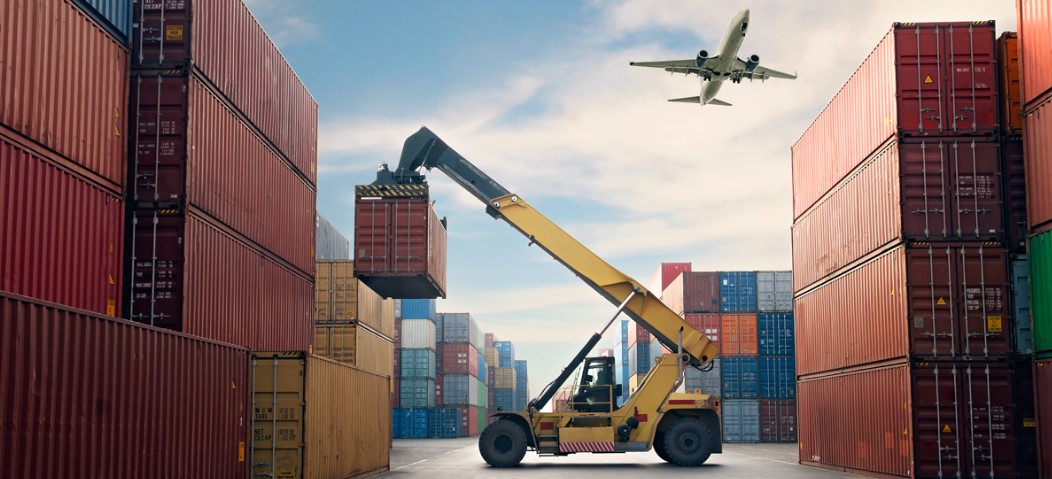


At what point do imported products traveling across national borders
switch from being the seller’s property to being the buyer’s property? Where
exactly is ownership handed over? Who is liable for risk and costs while the
goods are in transit?
International shipping agreements between buyer and seller help answer these
questions in a legally binding way. The International Commerce Terms
(Incoterms) of CIF and FOB determine who assumes responsibility and liability
for the goods at a given point along the transport line.
What’s the difference between FOB and CIF and which is best for your
business?
What Is FOB?
FOB refers
to “free on board” or “freight on board.” FOB terms have two parts: Origin or
Destination and Collect or Prepaid.
·
FOB Origin
means that the buyer assumes the title of the goods at the point of origin. The
moment that the shipper loads the goods onto the freight carrier, the buyer is
responsible for the goods.
·
FOB
Destination means that the buyer assumes the title of goods at the point of
destination, meaning the shipper owns the goods while in transit.
FOB Origin is a much more common form of FOB, where buyers take all
responsibility for the goods the moment, they leave the seller’s hands.
·
Freight
Collect means that the buyer is responsible for the freight charges; this is
more often the case.
·
Freight
Prepaid means the seller has paid for the charges.
Most often, FOB refers to FOB Origin, Freight Collect. This means that
the buyer assumes ownership and responsibility for the goods once they leave
their originating point. In this case, the FOB process is as follows:
·
The seller loads the goods on the freight
vessel of the buyer’s nomination.
·
The seller clears goods for export in their
country.
·
The freight hauler picks up and signs for the
package, at which point the title of goods transfers to the buyer.
·
The buyer is then responsible for insurance
costs and risks associated with freight transport for the duration of transit.
Why Use FOB?
FOB price is usually the biggest draw
for people. Buyers don’t have to pay a high fee to their sellers as they might
with CIF. Buyers also have more control over the freight
timing and cost, because they are able to choose their freight forwarder. If
anything happens to the goods, they hold the title and responsibility, so they
can better access information and solve concerns.
Sellers also like FOB because they don’t have responsibility for the goods.
Once the products leave their warehouse,
sellers can mark the sale as “complete” and not worry about any
additional costs or problems.
Why Not Use FOB?
New importers are not recommended to
use FOB because buyers must retain more liability for the goods while in
shipment. New buyers who don’t yet understand the intricacies of overseas
shipments can result in mistakes that can have severe penalties.
Instead, new buyers might choose a CIF contract until they better understand
the importation process.
What Is a CIF Contract?
CIF or “cost insurance and freight”
often holds primary ownership with the seller until delivery. With a CIF
contract the seller pays or is otherwise responsible for risk and insurance
costs until the goods reach their final destination. Ownership and liability
transfer from the seller to the buyer the moment the goods pass the boat’s
railing at their port of destination.
In this way, sellers are responsible for everything involved with shipping. They
must provide the necessary customs documents for both countries, pay insurance costs, and are liable for the
safe delivery of the goods.
Why Use CIF?
If you are a buyer, you may choose to
use a CIF contract because of the convenience. You don’t have to
handle any risks, claims, or freight concerns in transit. This is especially
important for new importers who aren’t sure of the intricacies of shipping
overseas. Many importers will also use CIF contracts if they are shipping
a small batch of cargo, as the cost of insurance for small
volumes may actually be higher than the fees charged by sellers.
Sellers may prefer to ship CIF because they can generate higher margins.
Nevertheless, ownership of the goods in transit places an additional risk on
sellers.
